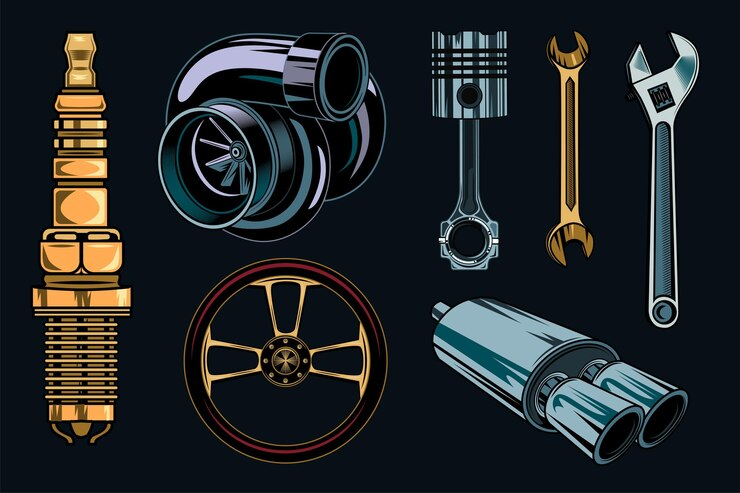Front Suspension Design: Optimizing Handling and Performance
The suspension system is a cornerstone of a vehicle’s handling, stability, and performance across diverse driving conditions. This guide is a detailed exploration of front suspension design, uncovering different types, their merits, limitations, and methods to optimize their functionality for both racing and everyday use.
Front Suspension Types
Beam Axle Suspension
Beam axle suspension, linking front wheels via a beam or tube, offers cost-effectiveness and simplicity. Its popularity in Sprint, Midget cars, and pickups stems from its adjustability for circle track racing. However, its strength adds extra weight.
Strut Suspension
The MacPherson strut system, common in front-wheel-drive cars, boasts simplicity and affordability. Yet, wider tires can strain it, increasing steering effort and stressing components, potentially affecting its performance.
Rear Suspension Types
Live Axle
A historic rear-wheel-drive favorite, the live axle suspension prioritizes strength and simplicity. Variants like Hotchkiss Drive and Link suspensions aim to stabilize wheel contact, enhancing vehicle stability.
Discover how aerodynamics complements suspension design.
Unequal Length Double Wishbone
Similar to its front counterpart, the rear-wheel unequal length double wishbone suspension allows independent wheel tuning, optimizing vehicle dynamics for superior performance on various terrains.
Suspension design tips:
- Driver safety: Employing anti-intrusion panels reduces risks from suspension-related hazards, ensuring enhanced driver safety;
- Tire considerations: Radial tires tolerate static negative camber better, making them suitable for suspensions with extensive motion ranges, enhancing overall performance.
List of Recommended Books
- “Race Car Vehicle Dynamics” by William F. Milliken and Douglas L. Milliken: Comprehensive insight into vehicle dynamics and their relation to race car performance;
- “Suspension Geometry and Computation” by J. Dixon and R. P. Barnard: Details the design and computational aspects of suspension geometry;
- “Suspension Tuning: How to Set Up Your Bike for Handling, Stability, and Control on the Street and Track” by Andrew Trevitt: Offers insights into suspension tuning concepts applicable to various vehicles;
- “Chassis Engineering: Chassis Design, Building & Tuning for High Performance Handling” by Herb Adams: Covers suspension design and tuning as integral elements of vehicle performance;
- “Tune to Win: The Art and Science of Race Car Development and Tuning” by Carroll Smith: Provides insights into vehicle development and tuning, including suspension setup and performance aspects.
Conclusion
Exploring vehicle suspension systems unveils a diverse array of designs tailored to specific needs. Understanding these designs empowers engineers to optimize performance and safety.
Balancing engineering ingenuity and practical application, front and rear suspension designs define the driving experience across terrains and conditions, ensuring vehicles are engineered for exceptional performance and safety.

Leave a Reply